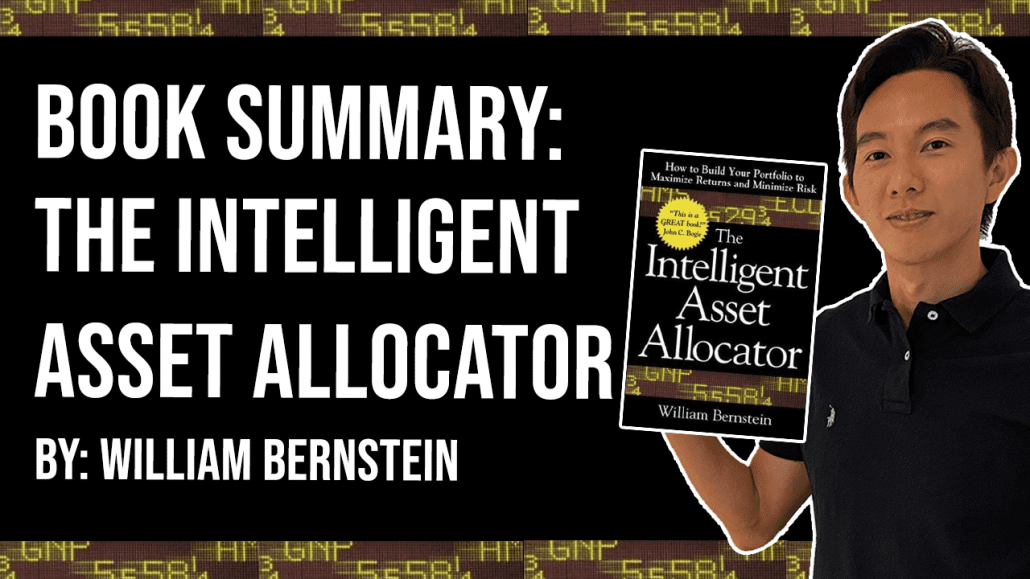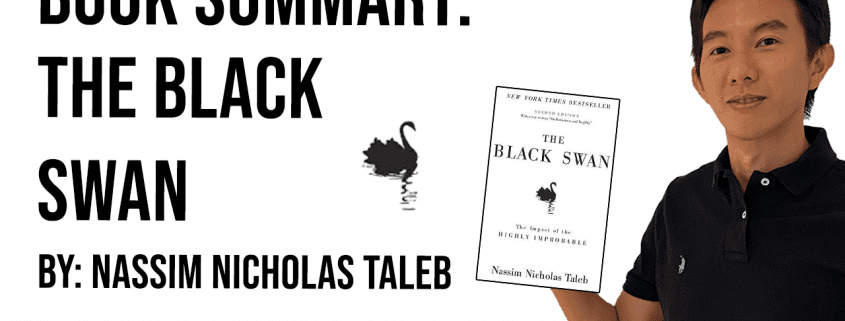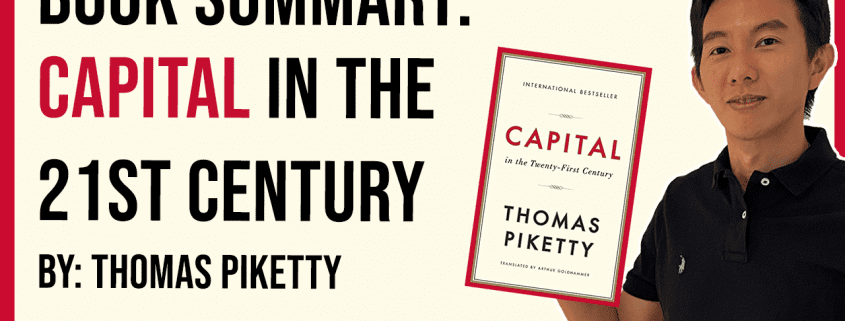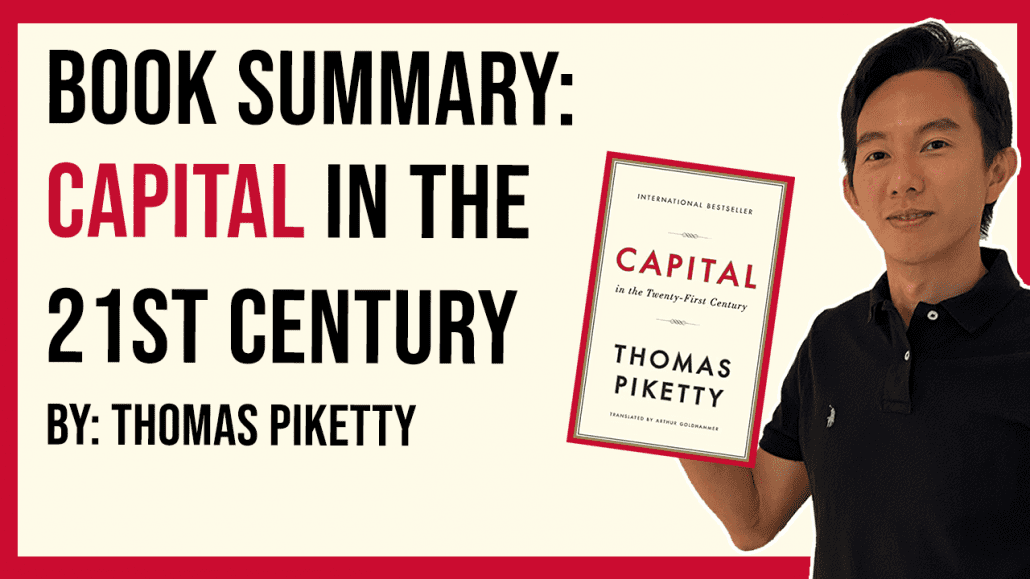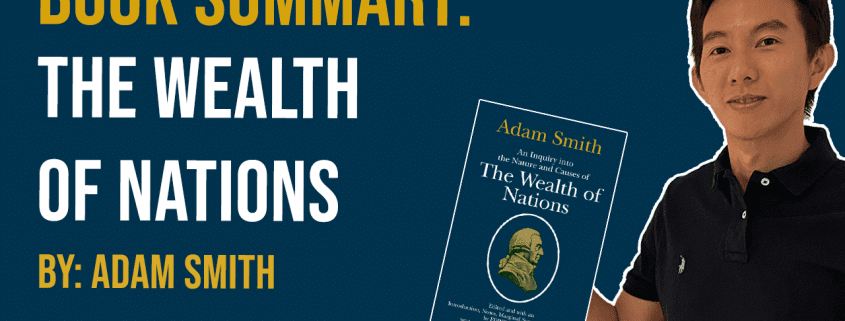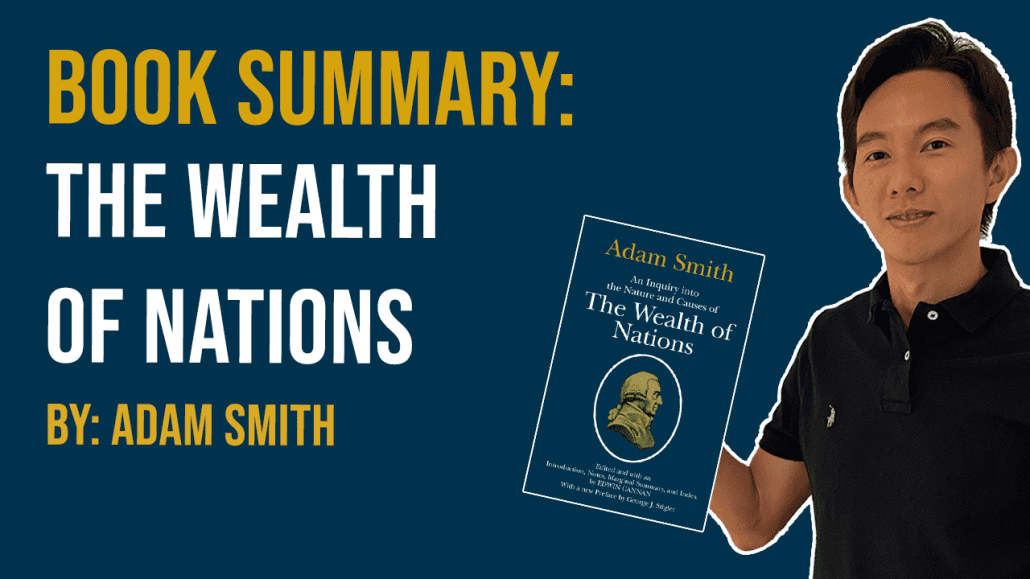The Intelligent Asset Allocator is a comprehensive guide to investing and asset allocation, written by renowned financial author William Bernstein.
The book is aimed at helping investors to understand the principles of asset allocation and to build a diversified portfolio that is suited to their individual goals and risk tolerance.
In this blog post, I will share all about this book and the author, key ideas from the book, and how you can apply it to your own trading & investing journey.
About the Author
William Bernstein is a well-respected financial author and investment advisor, with a background in economics and finance.
In addition to The Intelligent Asset Allocator, he has written several other popular books on investing and personal finance, including The Four Pillars of Investing and The Investor’s Manifesto.
What is the Book About?
The main message of The Intelligent Asset Allocator is that asset allocation is the key to successful investing, and that investors should aim to build a diversified portfolio that is suited to their individual goals and risk tolerance.
The book argues that asset allocation is more important than stock picking in determining long-term investment success, and that investors should focus on building a well-diversified portfolio that includes a mix of different asset classes.
10 Key Ideas from the Book
- Asset allocation is the key to successful investing: The book argues that asset allocation is more important than stock picking in determining long-term investment success. To build a successful portfolio, investors should focus on building a well-diversified portfolio that includes a mix of different asset classes.
- Diversification is important: The book emphasizes the importance of diversification in reducing portfolio risk and increasing the chances of long-term investment success. To diversify their portfolio, investors should include a mix of different asset classes, such as stocks, bonds, and cash.
- Choose the right asset allocation for your goals and risk tolerance: The book argues that investors should choose an asset allocation that is suited to their individual goals and risk tolerance. To determine the right asset allocation, investors should consider their time horizon, risk tolerance, and financial goals.
- Understand the risks and rewards of different asset classes: The book explains the risks and rewards of different asset classes, including stocks, bonds, and cash, and how to evaluate the trade-offs between risk and return.
- Consider the role of international diversification: The book discusses the benefits of international diversification, including the ability to capture different economic and market conditions and to reduce overall portfolio risk.
- Invest in low-cost, diversified index funds: The book advocates investing in low-cost, diversified index funds as a simple and effective way to build a well-diversified portfolio.
- Rebalance your portfolio regularly: The book recommends rebalancing your portfolio regularly to ensure that your asset allocation remains aligned with your goals and risk tolerance.
- Don’t try to time the market: The book warns against trying to time the market and emphasizes the importance of staying invested for the long-term.
- Don’t chase returns: The book advises against chasing returns and emphasizes the importance of building a well-diversified portfolio that is suited to your individual goals and risk tolerance.
- Keep costs low: The book stresses the importance of keeping investment costs low and advises investors to choose low-cost index funds whenever possible.
10 Ways to Apply the Teachings
- To build an effective asset allocation, it is important to understand your financial goals and risk tolerance. This can help you to choose an asset allocation that is suited to your individual needs and can help you to avoid taking on too much risk or investing in inappropriate assets.
- The book emphasizes the importance of diversification in reducing portfolio risk and increasing the chances of long-term investment success. To diversify your portfolio, consider including a mix of different asset classes, such as stocks, bonds, and cash.
- The book advocates investing in low-cost index funds as a simple and effective way to build a well-diversified portfolio. Look for funds with low expense ratios and consider using index funds to access a broad range of assets.
- The book recommends rebalancing your portfolio regularly to ensure that your asset allocation remains aligned with your goals and risk tolerance. This can help you to avoid taking on too much risk or becoming too heavily concentrated in any one asset class.
- The book advises against trying to time the market and emphasizes the importance of staying invested for the long-term. Rather than trying to predict market movements, focus on building a well-diversified portfolio and holding it for the long haul.
- The book advises against chasing returns and emphasizes the importance of building a well-diversified portfolio that is suited to your individual goals and risk tolerance. Rather than trying to find the hottest investment trend, focus on building a balanced portfolio that is suited to your needs.
- The book discusses the benefits of international diversification, including the ability to capture different economic and market conditions and to reduce overall portfolio risk. Consider including international assets in your portfolio to add diversification and potentially improve your risk-return profile.
- The book stresses the importance of keeping investment costs low and advises investors to choose low-cost index funds whenever possible. Look for funds with low expense ratios and consider using index funds to keep costs down.
- The book advises against letting emotions drive investment decisions and emphasizes the importance of staying disciplined and sticking to your investment plan. To avoid making emotional decisions, consider working with a financial advisor or using automated investment tools.
- The book encourages investors to educate themselves and to stay up-to-date on the latest investment trends and strategies. Consider reading other books on investing and personal finance, attending financial workshops or seminars, and seeking the guidance of a financial advisor to help you make informed investment decisions.
The Power of Diversification
One of the key stories and takeaways from “The Intelligent Asset Allocator” by William Bernstein involves the concept of “Diversification as the Only Free Lunch” in investing, which Bernstein emphasizes throughout the book.
In the book, Bernstein shares an anecdote about Harry Markowitz, the Nobel Prize-winning economist who developed Modern Portfolio Theory (MPT) in the 1950s. Markowitz’s research showed that by combining different types of assets (stocks, bonds, international assets, etc.), investors could achieve higher returns with lower risk than they could with any single asset class alone. This revolutionary insight demonstrated that diversification could reduce a portfolio’s risk without sacrificing returns, which Bernstein refers to as the “only free lunch” in investing.
Bernstein explains how, through the lens of MPT, one could construct a portfolio that maximizes return for a given level of risk by carefully selecting a mix of asset classes that don’t move in perfect sync with one another. For instance, during periods of stock market volatility, bonds may provide stability and reduce the overall portfolio’s drawdown, while international assets can offer additional diversification due to differing economic cycles.
The Value of Asset Allocation Over Stock Picking
The critical takeaway from Bernstein’s analysis is that asset allocation matters more than individual stock selection in determining long-term investment success. By focusing on a well-diversified asset mix rather than attempting to time the market or pick winning stocks, investors can achieve better risk-adjusted returns.
Bernstein illustrates this with historical data, showing that portfolios with a diversified mix of asset classes perform better over the long term than portfolios concentrated in a single asset class. He emphasizes that while it’s tempting to chase high returns in specific stocks or sectors, a diversified portfolio is more resilient in market downturns, providing smoother returns over time.
Concluding Thoughts
The Intelligent Asset Allocator is a comprehensive guide to investing and asset allocation, written by renowned financial author William Bernstein.
The main message of the book is that asset allocation is the key to successful investing, and that investors should aim to build a diversified portfolio that is suited to their individual goals and risk tolerance.
The book provides a clear and concise overview of the principles of asset allocation, including the risks and rewards of different asset classes and the importance of diversification.
It also offers practical advice on how to choose the right asset allocation, invest in low-cost index funds, and rebalance your portfolio regularly.
Overall, I would recommend The Intelligent Asset Allocator to beginner and intermediate investors who are looking to learn more about asset allocation and how to build a well-diversified portfolio.
While the book may not be suitable for more advanced investors, it provides a valuable introduction to the principles of asset allocation and offers practical advice on how to build a successful investment portfolio.
Now that I have covered all the key learning points of this book, would you consider adding it to your reading list?
For those who have already read it, what are some of your key learning points?
Let me know in the comments below!

If you would like to find more book summaries and recommendations, also check out: “Best Investing & Trading Books of All Time”
After trading for 18 years, reading 1500+ books, and mentoring 1000+ traders, I specialise in helping people improve their trading results, by using tested trading strategies, and making better decisions via decision science.


